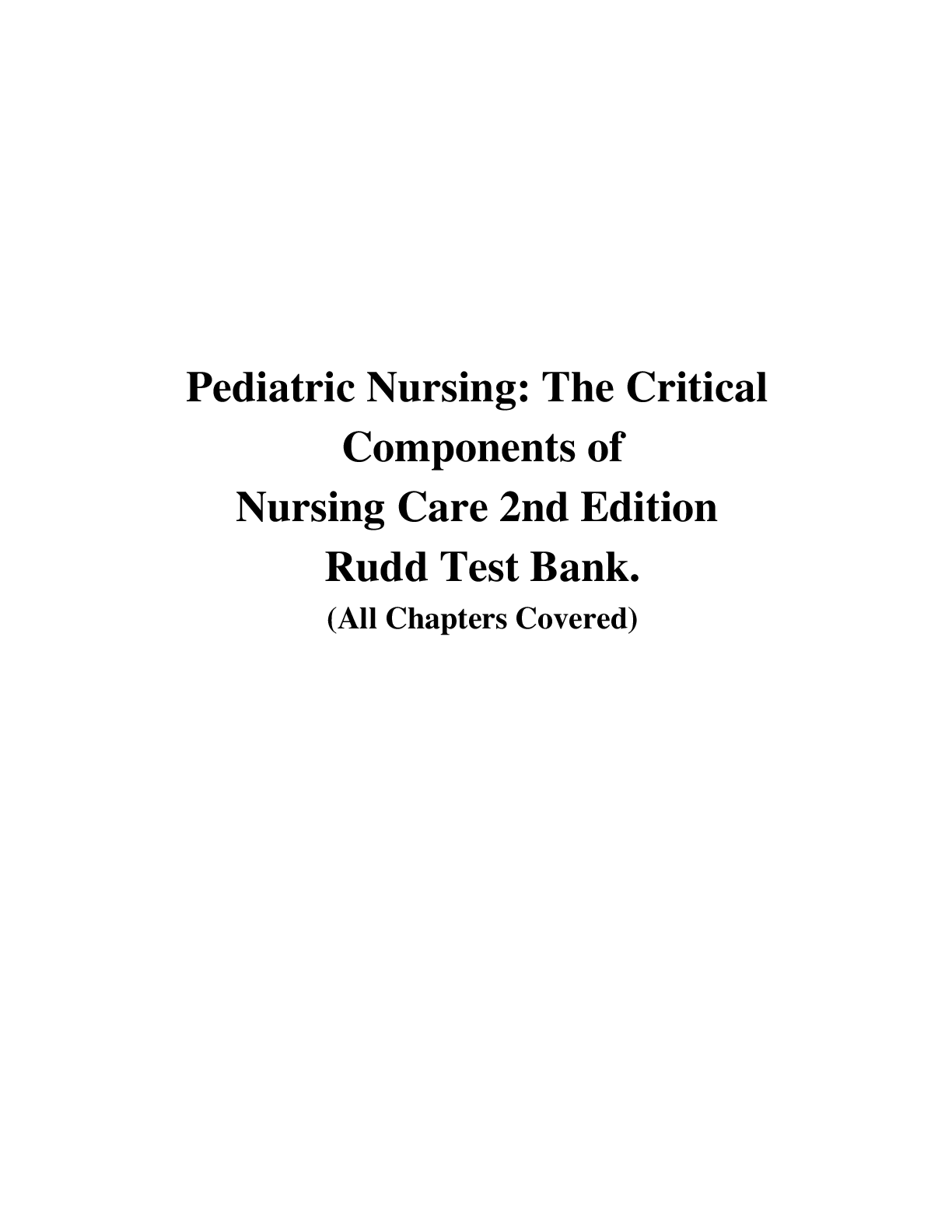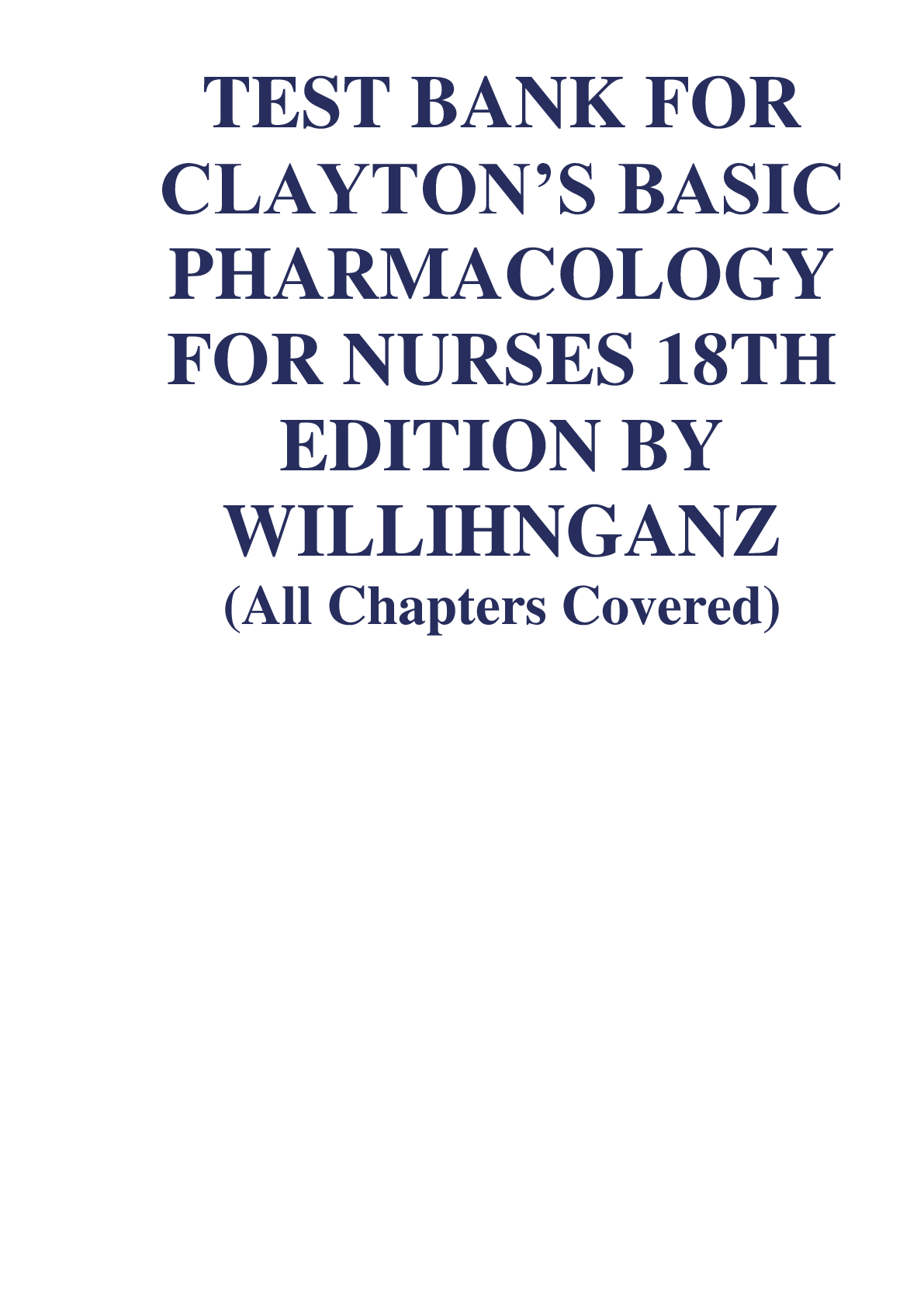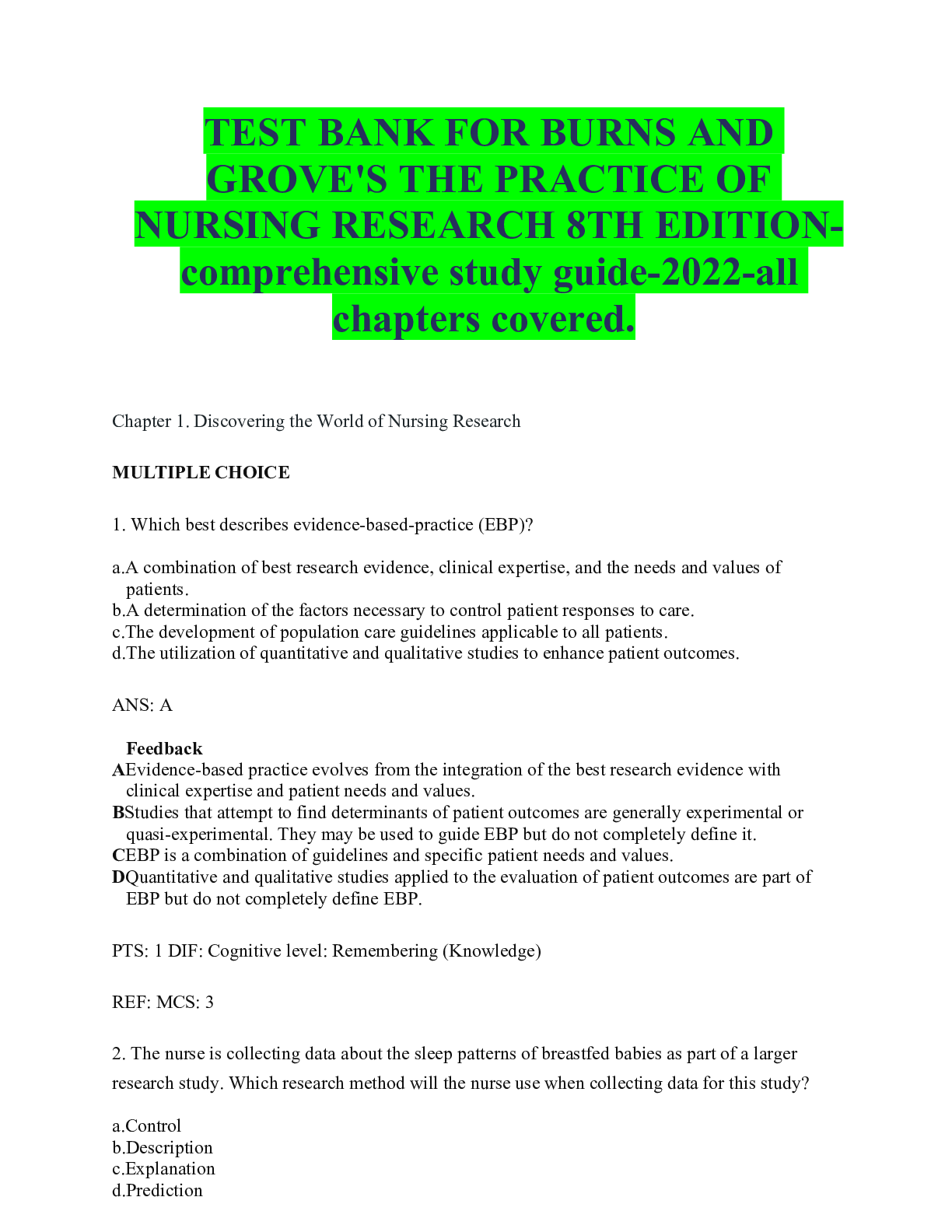Geology > TEST BANK > Exploring Geology 4 th edition TESTBANK | Questions and Answers | All Chapters Covered (All)
Exploring Geology 4 th edition TESTBANK | Questions and Answers | All Chapters Covered
Document Content and Description Below
1. Which of the following was mentioned in the opening two-page spread of Chapter 1? a) oil beneath the Arctic National Wildlife Reserve b) the scenery of Glacier National Park c) earthquakes along... the San Andres fault d) oil beneath the Gulf Coast of the United States 2. Which of the following is probably least at risk for geologic hazards? a) next to a river in low areas b) near an active fault c) on soils that gently expand when wet d) on gentle slopes away from mountains e) close to, but upwind of, an active volcano 2 Answer: c Section: 1.1 Difficulty Level: Apply/Analyze Topic: Nature of Geology 1. Which of the following geologic aspects influence our lives based on the photograph showing horses and cows on a grassy field? a) the presence of mountains, which influence the formation of clouds and precipitation b) the steepness of slopes c) the availability of water d) all of these Answer: d Section: 1.1 Difficulty Level: Remember/Understand Topic: Nature of Geology Answer: d Section: 1.1 Difficulty Level: Remember/Understand Topic: Nature of Geology Answer: c Section: 1.1 3. Which potential geologic hazard is NOT represented by a feature on this figure? a) an earthquake b) a volcano c) contaminated groundwater d) a landslide e) flood-prone areas 4. The distribution of natural resources is influenced by the: a) type of rocks b) age of the rocks c) way in which the rocks formed d) all of these 5. Which of the following factors was most important in controlling the distribution of copper mines in the western U.S. versus iron mines in the Great Lakes region? a) the amount of precipitation (rain and snow) b) the time of year when precipitation occurs c) different ages and geologic histories of the rocks d) the latitude (distance south or north from the equator) 3 Difficulty Level: Remember/Understand Topic: Nature of Geology Section 1.2 – Geology Explains World 2. Geology can help us learn about Earth’s past by studying: a) why continents and oceans are different b) why a landscape looks the way it does c) how life in the past was different than today d) how global climate has changed since the ice ages e) all of these Answer: e Section: 1.2 Difficulty Level: Remember/Understand Topic: Nature of Geology 3. Which of the following is NOT a way geology informs us about Earth’s past? a) how the first second of the universe differed from a second today b) why continents and oceans are different c) why a landscape looks the way it does today d) how life in the past was different than today e) how past global climate was different than today Answer: a Section: 1.2 Difficulty Level: Remember/Understand Topic: Nature of Geology 4. Continents differ in appearance from ocean basins because: a) each has its own geologic history b) each contains different fossils c) each has its own climate Answer: a Section: 1.2 Difficulty Level: Remember/Understand Topic: Nature of Geology 5. Continental ice sheets were more common 28,000 years ago than they are today because: 4 a) the Earth had more water then than now b) the Earth was cooler then than now c) the Earth was further away from the Sun then than now Answer: b Section: 1.2 Difficulty Level: Remember/Understand Topic: Nature of Geology Section 1.3 – Inside Earth 6. The main layers of the Earth in correct order, from the surface moving down, are: a) upper crust, outer core, inner core, mantle b) outer core, inner core, upper mantle, lower crust c) crust, mantle, outer core, inner core d) upper mantle, lower mantle, inner core, crust Answer: c Section: 1.3 Difficulty Level: Remember/Understand Topic: Nature of Geology 7. Which of the following Earth layers is the thinnest? a) oceanic crust b) upper mantle c) lower mantle d) outer core e) inner core Answer: a Section: 1.3 Difficulty Level: Remember/Understand Topic: Nature of Geology 8. Which layer on this figure is the upper mantle? 5 a) A b) B c) C d) D e) E Answer: c Section: 1.3 Difficulty Level: Remember/Understand Topic: Nature of Geology 9. Which layer on this figure is the continental crust? a) A b) B c) C d) D e) E Answer: a Section: 1.3 Difficulty Level: Remember/Understand Topic: Nature of Geology 10. Which layer on this figure is the oceanic crust? a) A b) B c) C d) D e) E Answer: b 6 Section: 1.3 Difficulty Level: Remember/Understand Topic: Nature of Geology 11. Which layer in the earth is similar to the composition of granite? a) continental crust b) oceanic crust c) upper mantle d) lower mantle e) core Answer: a Section: 1.3 Difficulty Level: Remember/Understand Topic: Nature of Geology 12. Which layer in the earth is similar in composition to basalt, a dark lava rock? a) continental crust b) oceanic crust c) upper mantle d) lower mantle e) core Answer: b Section: 1.3 Difficulty Level: Remember/Understand Topic: Nature of Geology 13. Which layer in the earth is similar to the green mineral olivine? a) continental crust b) oceanic crust c) mantle d) core Answer: c Section: 1.3 Difficulty Level: Remember/Understand Topic: Nature of Geology 14. Which layer in the earth is similar in composition to an iron-nickel meteorite? a) continental crust b) oceanic crust c) upper mantle d) lower mantle e) core Answer: e Section: 1.3 Difficulty Level: Remember/Understand Topic: Nature of Geology 7 15. Which of the following is NOT a possible reason for why a region is higher in elevation than adjacent regions? a) the lithosphere is hotter b) it has continental crust, but adjacent regions have oceanic crust c) the crust is thicker d) the crust is more dense Answer: d Section: 1.3 Difficulty Level: Remember/Understand Topic: Nature of Geology 16. What is the most likely reason why a region is higher than adjacent regions? a) there is a hot spot beneath it b) the crust is thicker c) it is underlain by oceanic crust d) the asthenosphere is hotter e) the crust is hotter Answer: b Section: 1.3 Difficulty Level: Remember/Understand Topic: Nature of Geology 17. Which of the following is the best description of what the lithosphere contains? a) continental and oceanic crust b) both types of crust and the uppermost mantle c) weak part of the upper mantle d) upper and lower mantle e) lower mantle and outer core Answer: b Section: 1.3 Difficulty Level: Remember/Understand Topic: Nature of Geology 18. Which of the following Earth layers is the thickest? a) continental crust b) oceanic crust c) mantle d) outer core Answer: c Section: 1.3 Difficulty Level: Remember/Understand Topic: Nature of Geology 19. The principle of isostasy refers to: 8 a) the difference in the strength of the mantle versus the crust b) the relationship between regional elevations and thickness of crust c) how the outer core differs from the inner core d) how the upper mantle differs from the lower mantle Answer: b Section: 1.3 Difficulty Level: Remember/Understand Topic: Nature of Geology 20. Which of the following is NOT an important difference between continents and oceans? a) thickness of the crust b) composition of the crust c) density of the crust d) whether it is part of the lithosphere e) elevation Answer: d Section: 1.3 Difficulty Level: Remember/Understand Topic: Nature of Geology 21. Which of the following combinations would result in the highest regional elevations? a) thin, dense crust b) thick, dense crust c) thin, less dense crust d) thick, less dense crust Answer: d Section: 1.3 Difficulty Level: Apply/Analyze Topic: Nature of Geology 22. Which layer on this figure is the outer core? a) A b) B c) C d) D e) E Answer: e Section: 1.3 Difficulty Level: Remember/Understand 9 Topic: Nature of Geology 23. Compared to oceanic crust, continental crust is: a) thinner b) more dense c) lighter in color d) all of these Answer: c Section: 1.3 Difficulty Level: Remember/Understand Topic: Nature of Geology 24. The main difference between the lithosphere and the asthenosphere is the: a) asthenosphere is less rigid b) asthenosphere flows less easily c) asthenosphere is cooler d) asthenosphere has more oceanic crust e) asthenosphere has more continental crust Answer: a Section: 1.3 Difficulty Level: Remember/Understand Topic: Nature of Geology 25. Based on this topographic pr [Show More]
Last updated: 1 year ago
Preview 1 out of 148 pages
.png)
Reviews( 0 )
Document information
Connected school, study & course
About the document
Uploaded On
Sep 19, 2021
Number of pages
148
Written in
Additional information
This document has been written for:
Uploaded
Sep 19, 2021
Downloads
0
Views
88


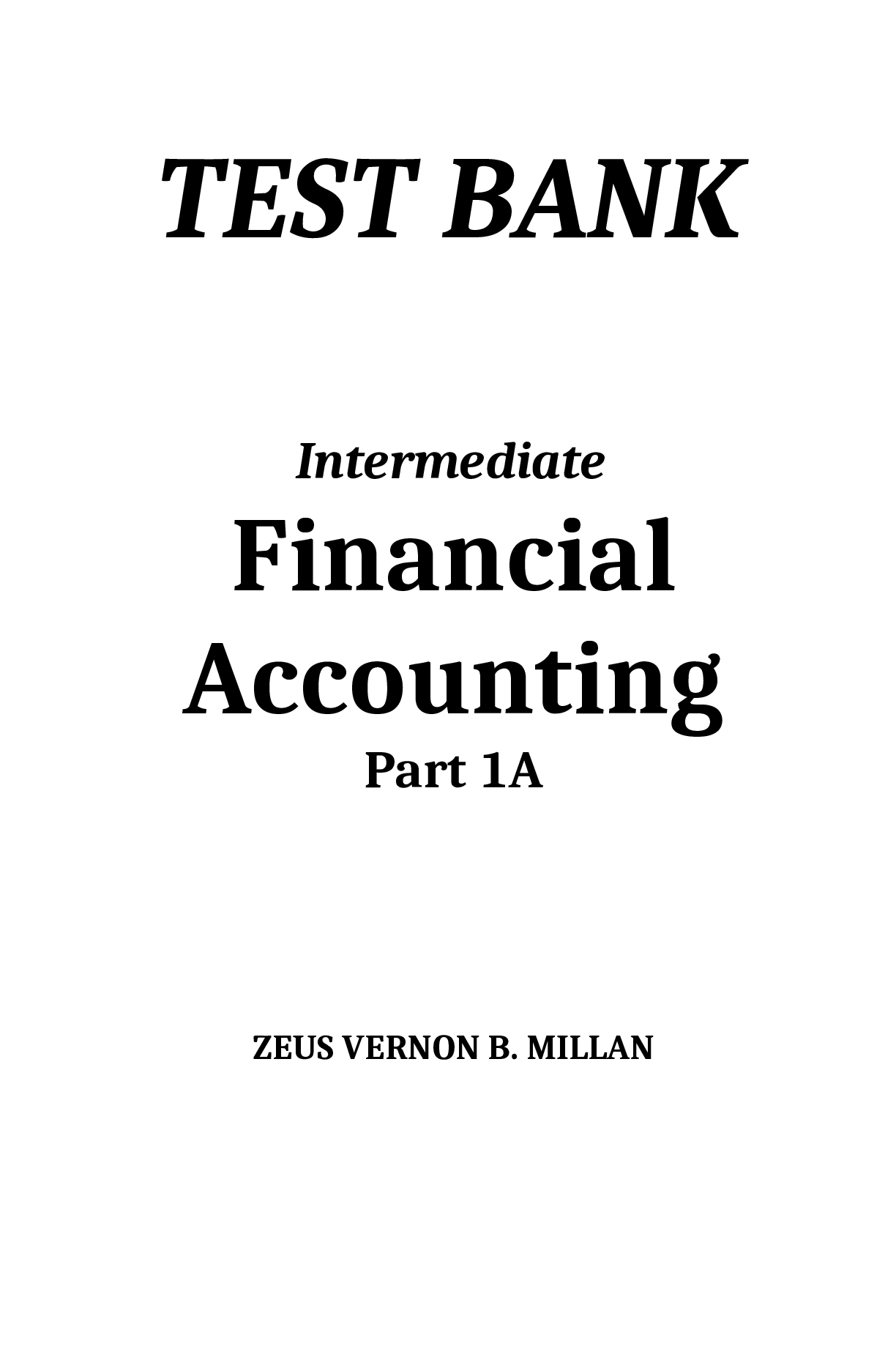

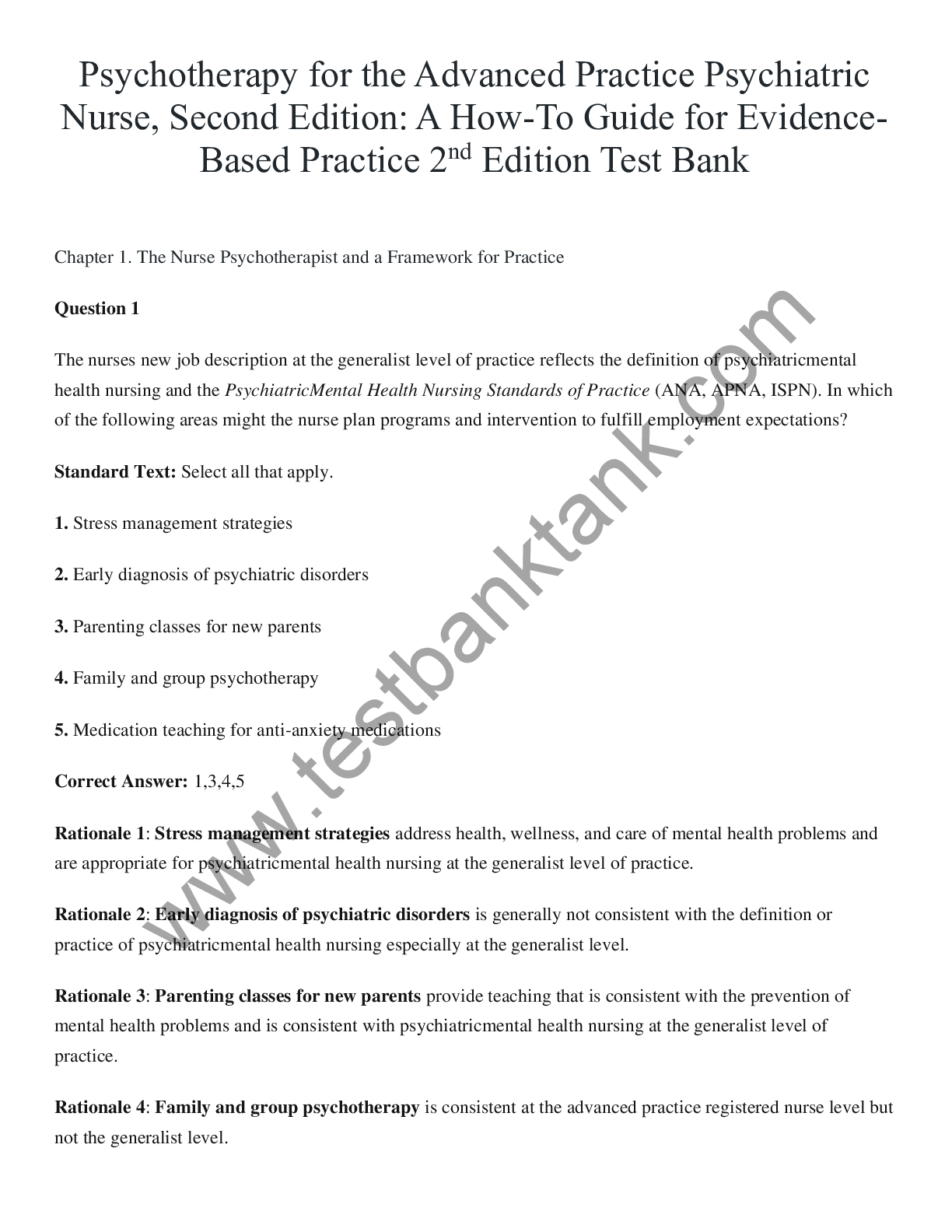
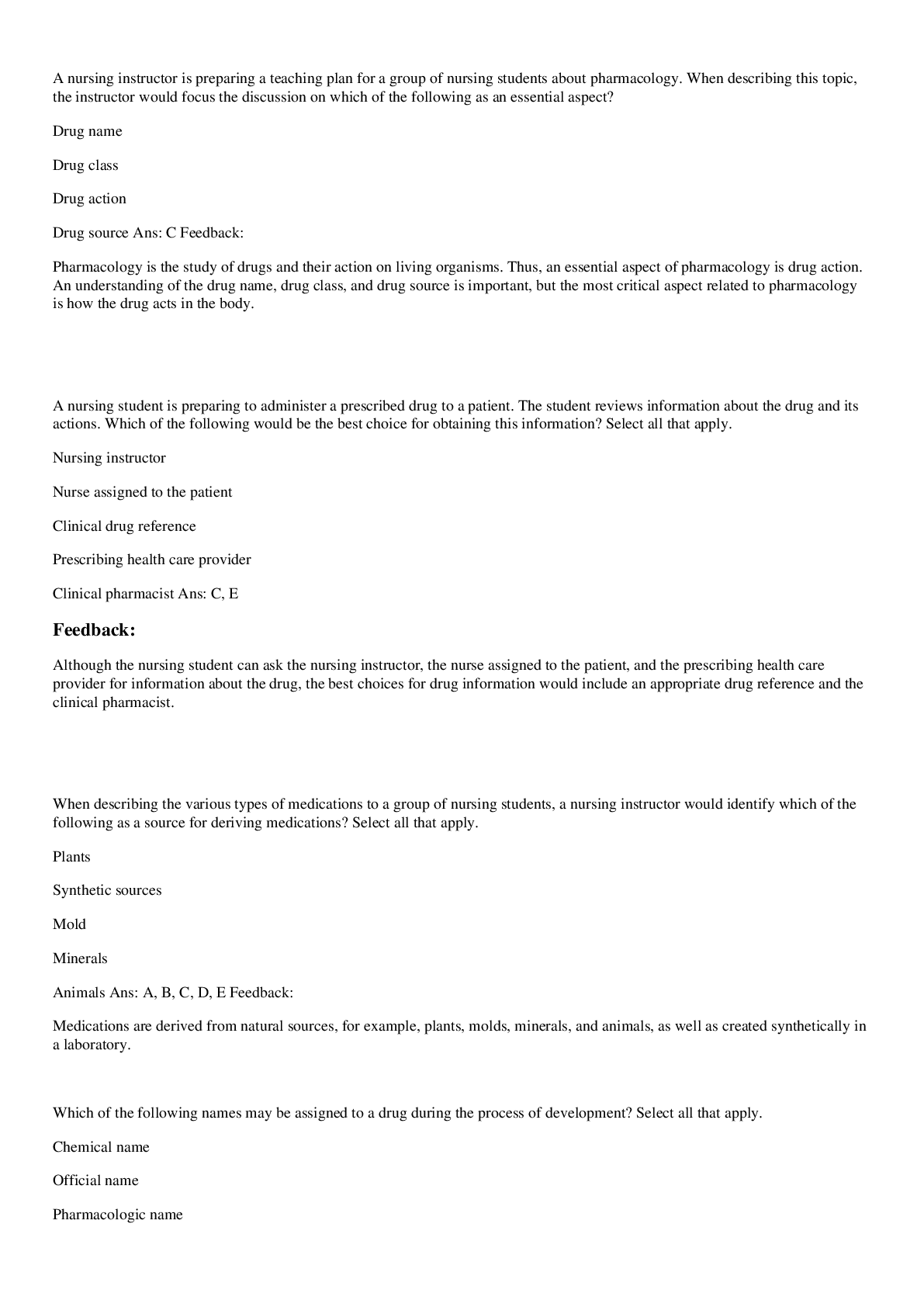
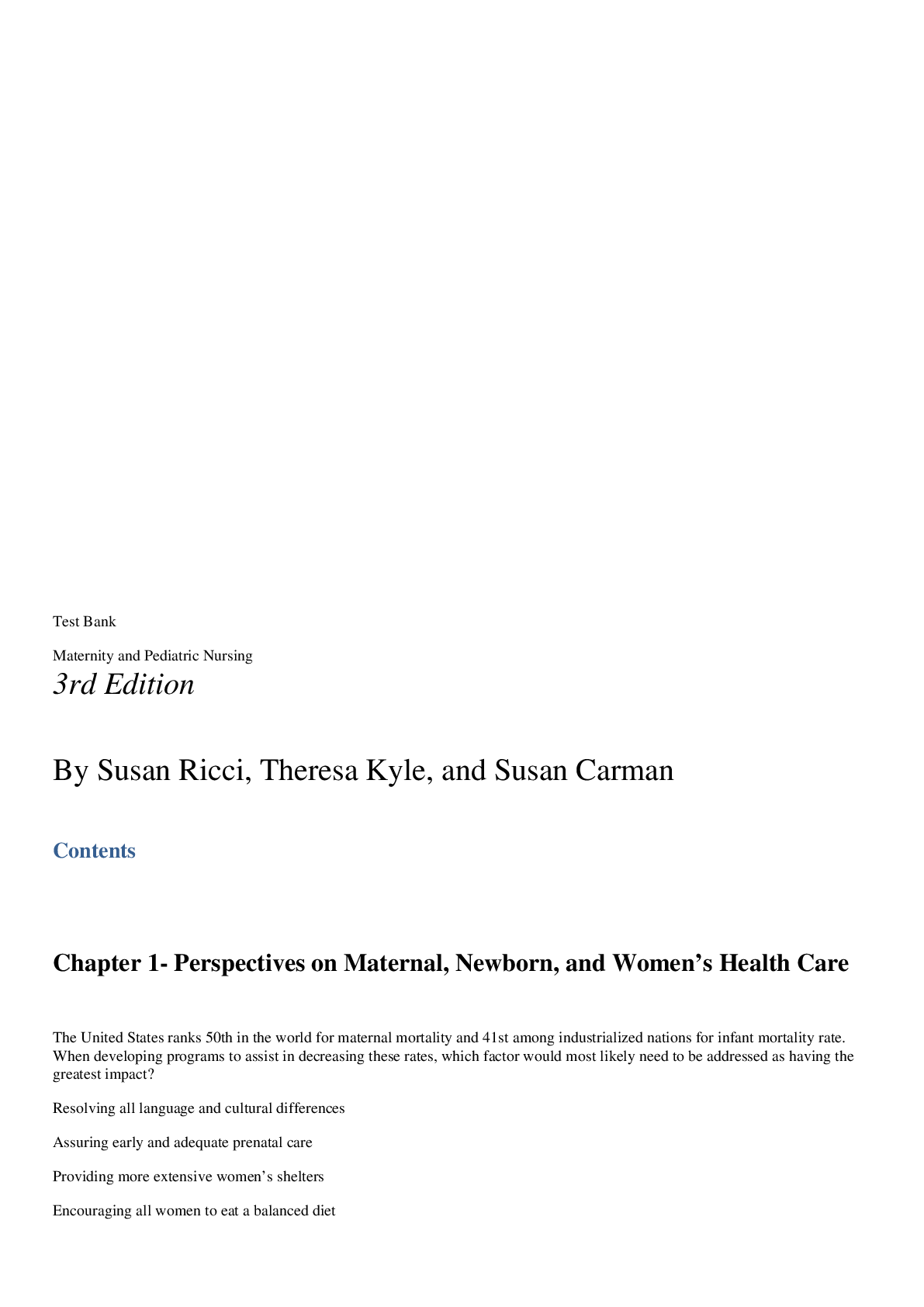

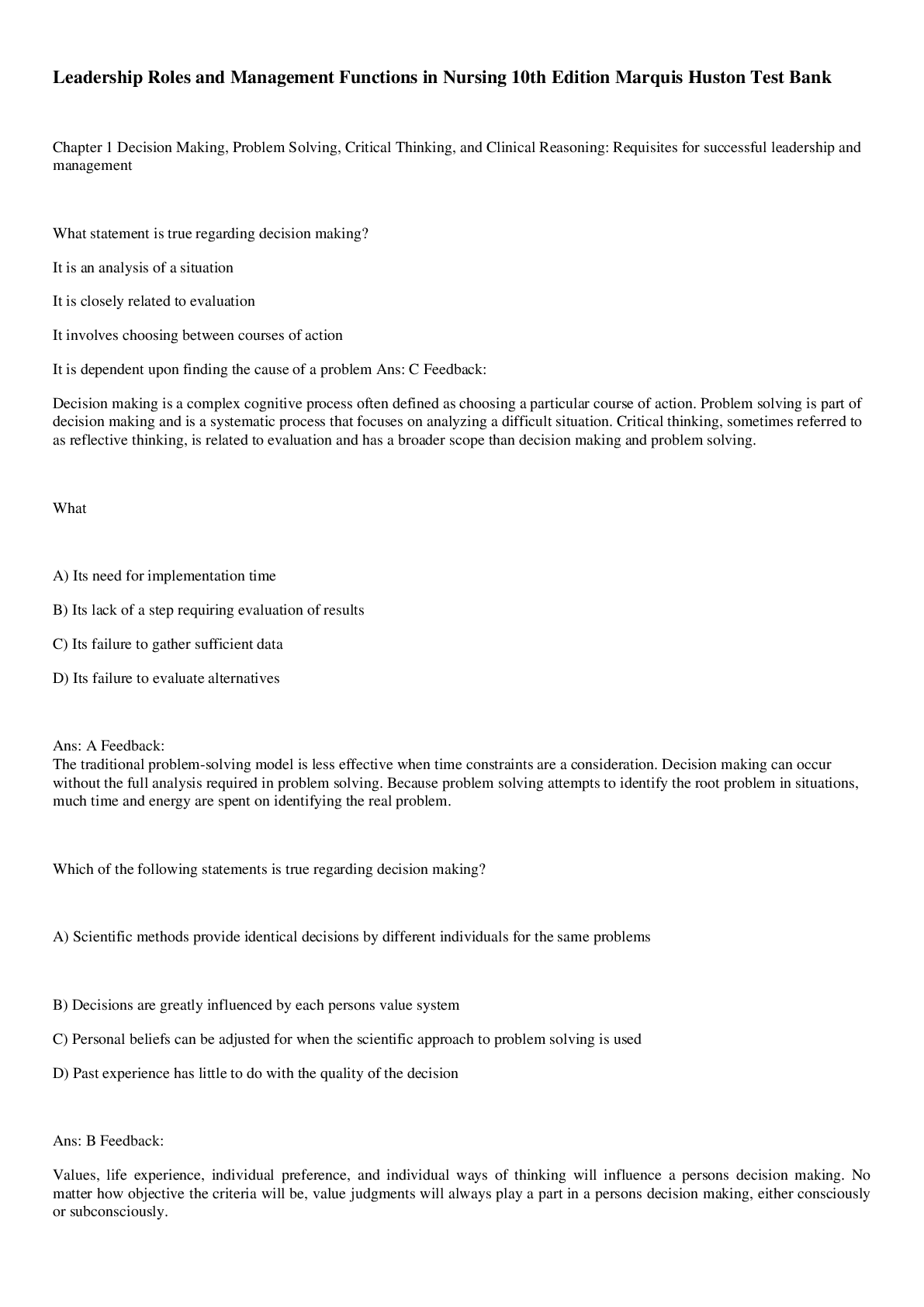

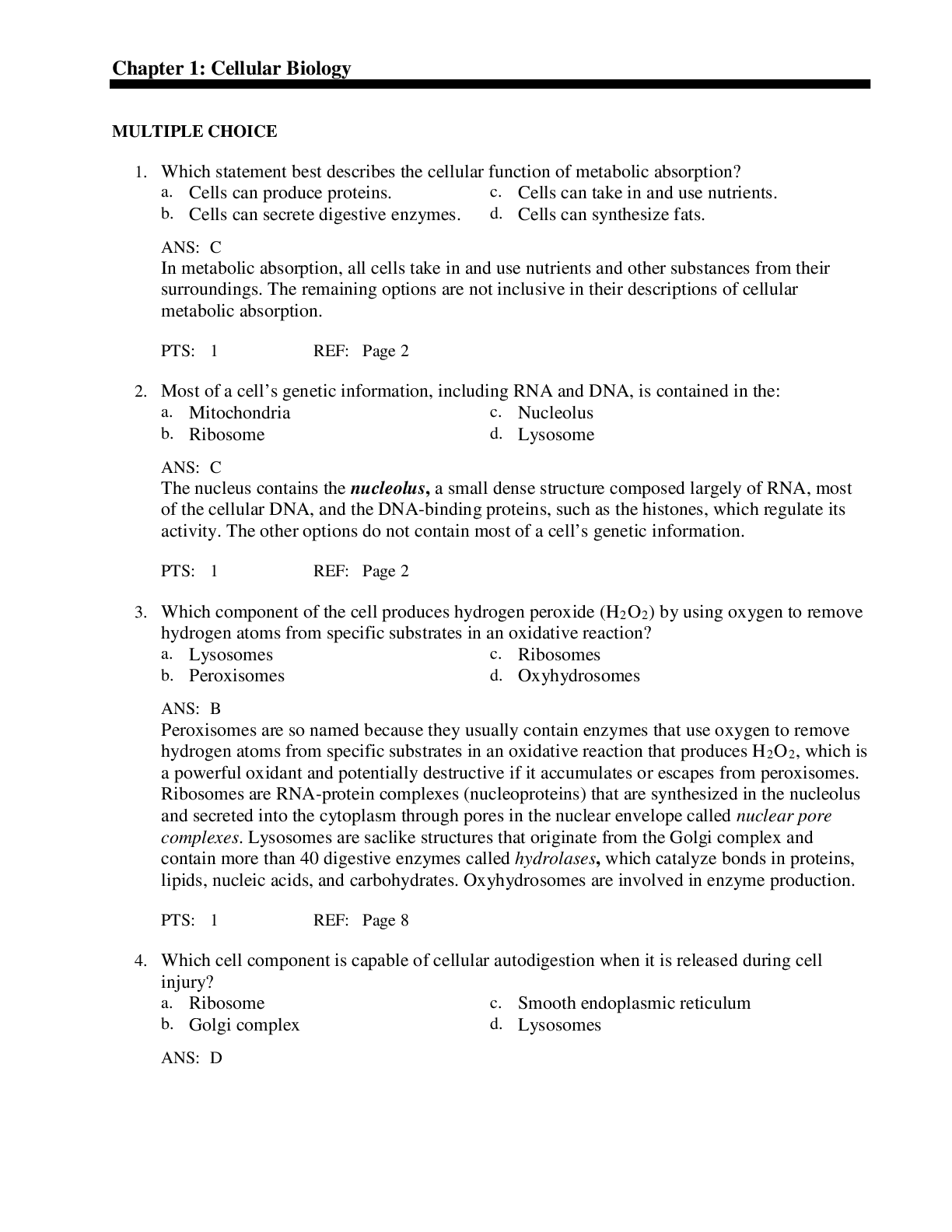



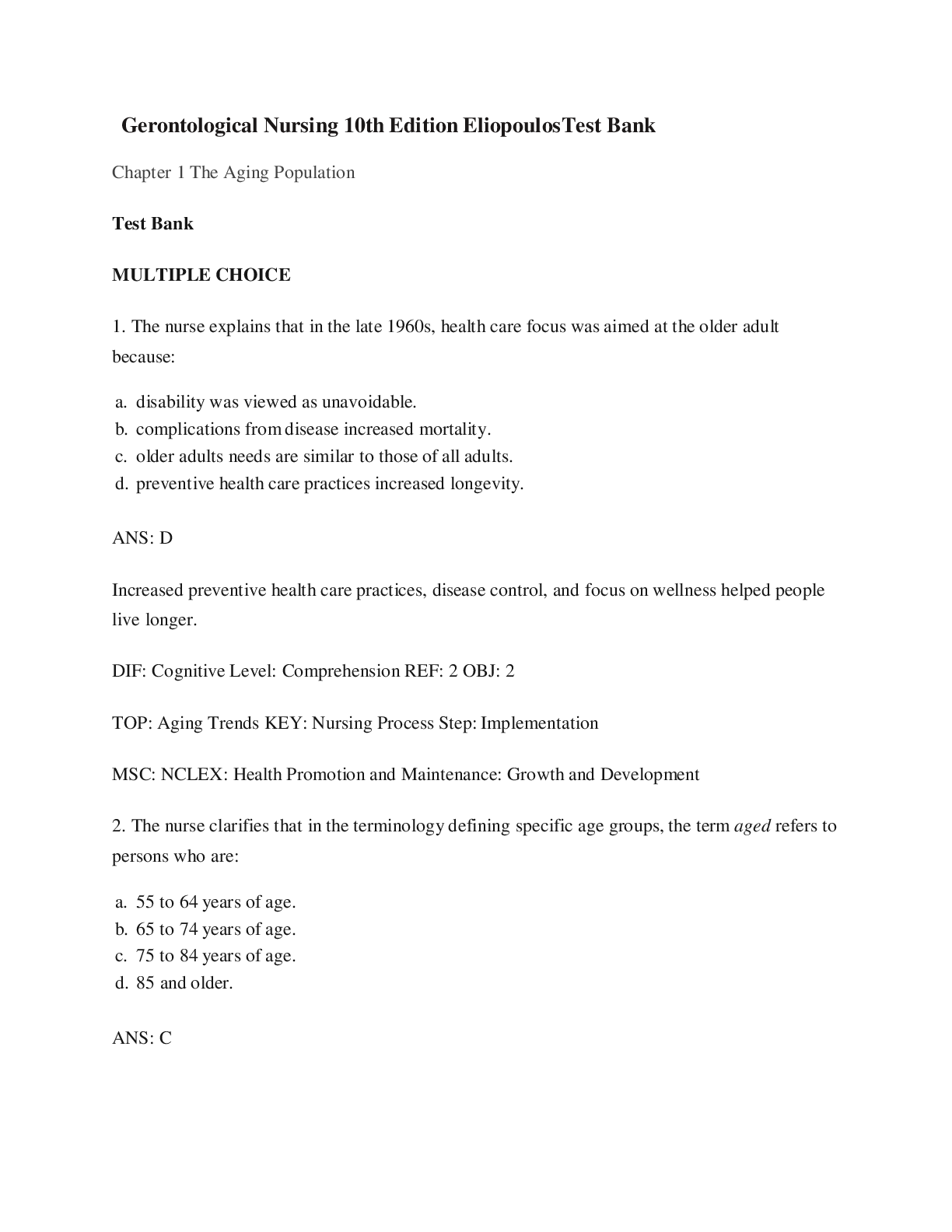

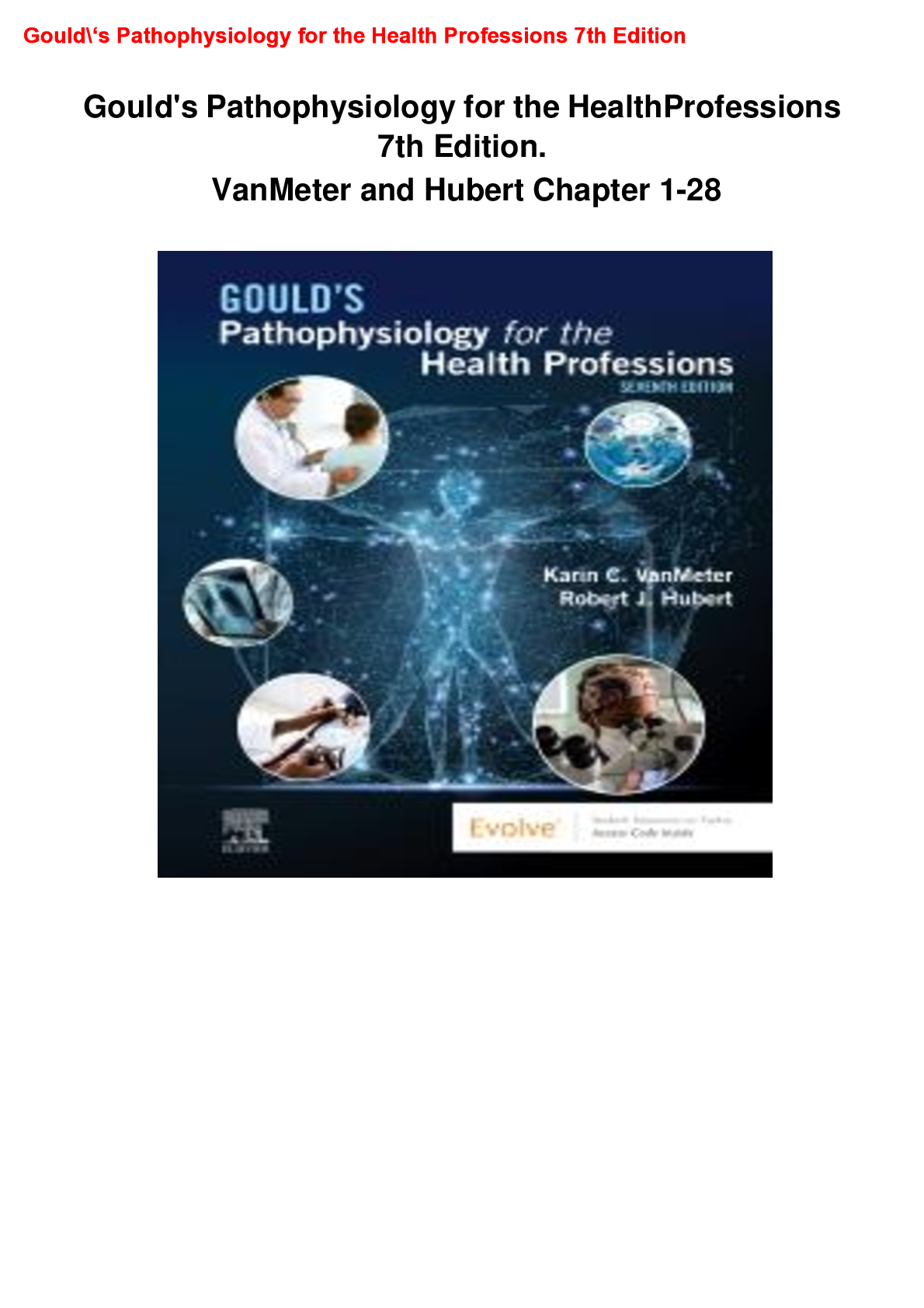

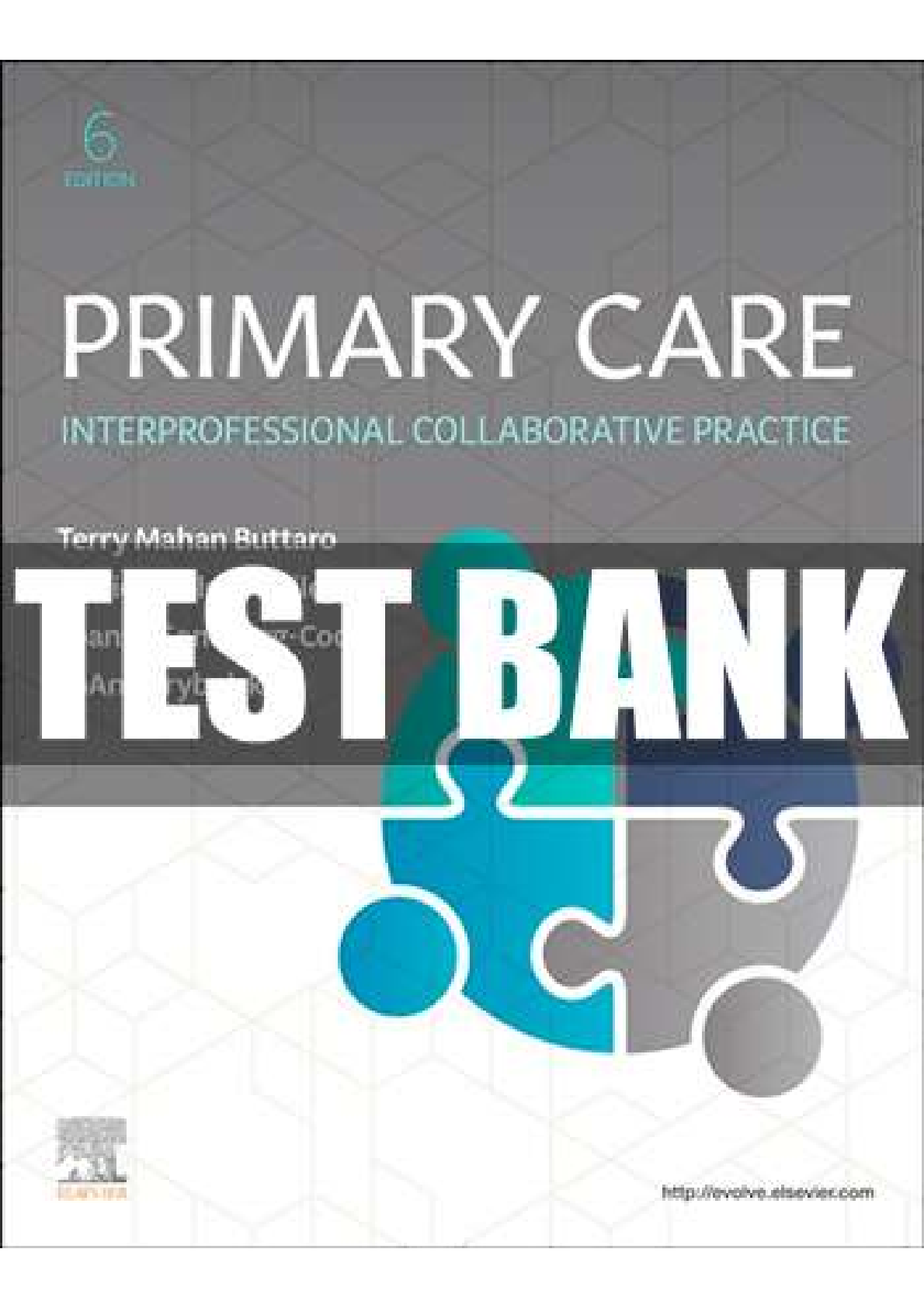

.png)
.png)
